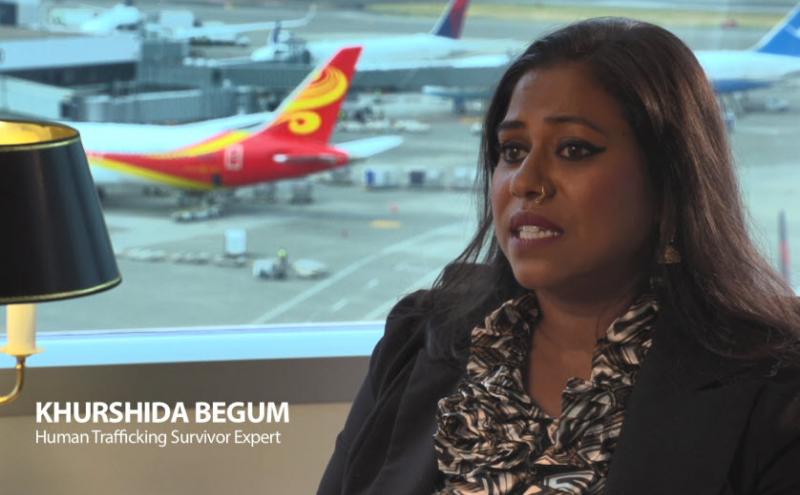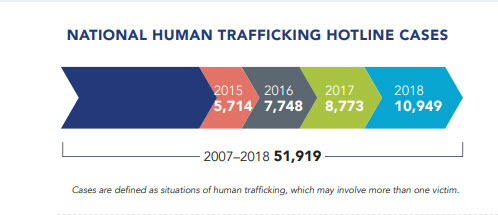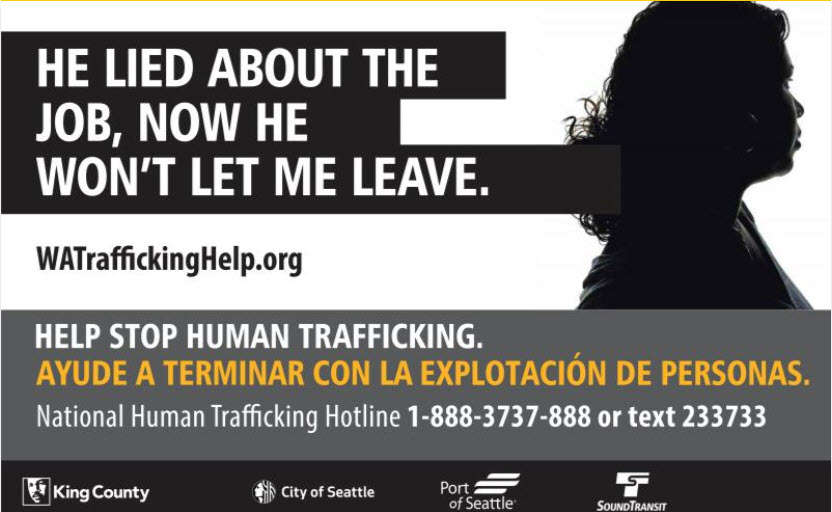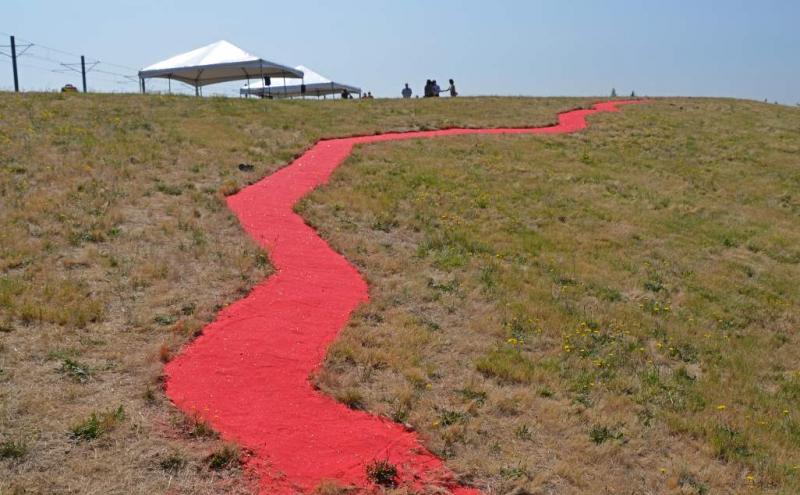
Khurshida Begum was seven years old when the foreign man came to her rural village in Bangladesh. He was so nice and generous to her parents, building the family a new home and giving them the food and clothing the family needed. Her parents had reservations at first, but after a while, he won their confidence and told them she could have a better life in America.
And that’s how Khurshida and eight other children, ranging from ages three to 17, traveled with the man to America. During the journey, he took their passports and told them to look down and avoid eye contact with anyone. They didn’t speak English, so they needed his help.
The children were held as slaves on a 65-acre farm in a rural community in Southwest Washington and forced to work from sunup to sundown herding cows, sheep, lambs and doing agricultural labor. They lived in a two-room house with no heat or running water. They couldn’t leave, were beaten and starved, and received no pay in return for their work.
Kurshida’s story has a positive ending — she escaped from the farm and has become a motivational speaker and human rights activist in Washington. But her suffering, and the suffering of so many others, could have been prevented if someone at the airport had noticed that her situation did not seem right and had contacted the police.
That is why the Port of Seattle has been working for two years to train its employees and raise public awareness in the region, so that we can prevent trafficking through our facilities and help survivors get access to resources.
What is human trafficking?
Traffickers use violence, threats, deception, debt bondage, and other manipulative tactics to force people to engage in commercial sex or to provide labor or services against their will. Human trafficking generates billions of dollars of profit every year — it’s second only to drug trafficking as the most profitable form of transnational crime.
The top three most common forms of human trafficking in 2018 were sex trafficking, labor trafficking, and sex and labor trafficking combined.

And cases reported to the National Human Trafficking Hotline have almost doubled since 2015.

Human trafficking in Washington
If you think that this can’t happen in your community, it probably already has.
- In 2018, Washington state had the 13th highest call volume to the National Human Trafficking Hotline
- In King County, an estimated 500-700 children are forced into prostitution every year
- Victims as young as nine years old appear on more than 100 websites for soliciting sex in the Seattle area, many of which are used for human trafficking purposes
The Port’s Anti-Human Trafficking Strategy
It’s a sad reality that victims of human trafficking are sometimes moved through maritime facilities or airports. The Port of Seattle and Seattle-Tacoma International Airport (SEA) are committed to reducing the opportunity for Port properties to be used as a transit point for traffickers and their victims.
The Port has developed a comprehensive strategy to address this issue and, given that January was the annual Human Trafficking Awareness Month, the Port recently provided a progress report at a Commission Meeting.
Here’s a progress report on the strategy:
1. Public awareness campaign
In 2019, the Port launched a regional human trafficking awareness campaign with the City of Seattle, King County, Sound Transit, and a variety of other public and private sector partners to educate local residents on the issue and encourage survivors of human trafficking to get the help they need.

The Port and partners ran a series of advertisements and public notification of the issue and ways for victims to get help:
- Advertising on public transit
- Advertising in local community newspapers in native languages
- Media announcements and campaigns on the Port’s website
- Signs in restroom stalls and resources in public parks and community health clinics for victims of trafficking

One of the unexpected outcomes of this signage campaign is passengers writing encouraging comments like “Stay Strong,” and “There is Help. Don’t Give up,” "Now is your time," "You are Worthy, you are Loved," and “Don’t Give Up. You are Loved.”
The Port also installed a large-scale earthwork art installation at Seattle-Tacoma International Airport, which replicates the US-Mexico border in red sand. The Red Sand Project: Border US-MX and fosters conversation on human trafficking and immigration.
2. Training for all Port employees and partners
In January 2020, the Port of Seattle implemented employee human trafficking awareness training for all Port and Seattle-Tacoma International Airport employees developed in partnership with Businesses Ending Slavery and Trafficking (BEST). This training — the first proprietary anti-human trafficking training developed by a port authority — will ensure that Port staff and other workers at Port facilities have the knowledge and resources to recognize and respond to instances of human trafficking. The Port of Seattle and BEST to created two online human trafficking prevention courses — one for the maritime industry and another for the aviation industry. The Port Police Department also developed its own law enforcement-specific training plan. More than 2,000 employees will complete online or in-person training within the next six months.









